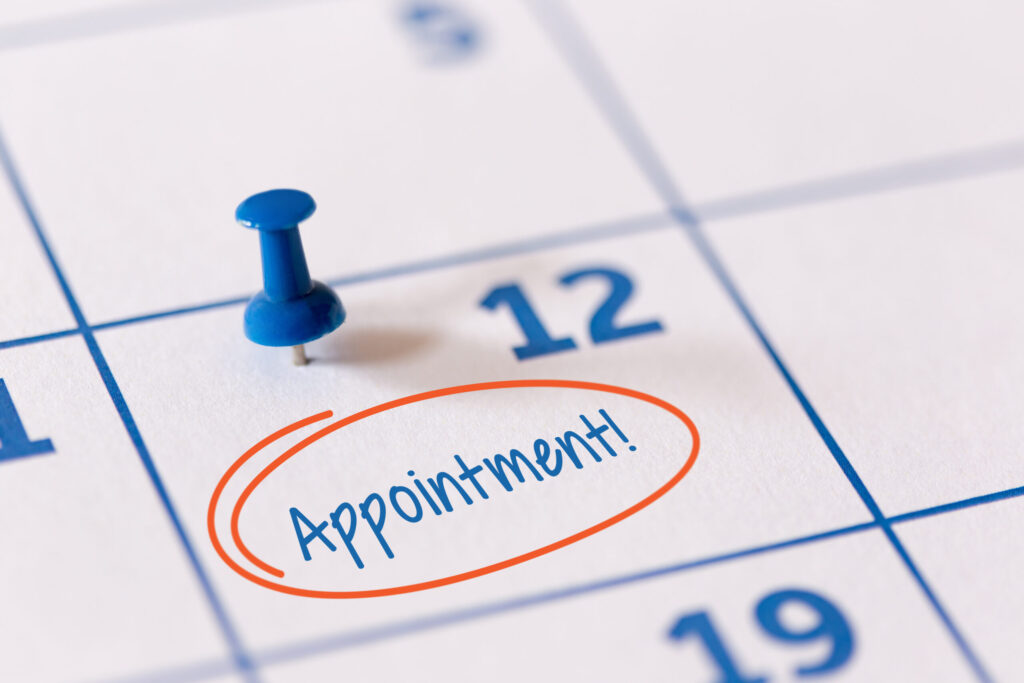As a healthcare professional, you know that keeping patients appointments is essential for their health and well-being. However, despite your best efforts, sometimes they just don’t show up when they’re supposed to. In this article, we’ll give you some tips on how to get better at scheduling patient appointments, so that you can keep your patients happy and healthy!
Understand Why Scheduling Appointments is Important
Scheduling patient appointments is an important part of providing quality care. By understanding why scheduling appointments is important, caregivers can create better appointment times and make more efficient use of their resources.
There are several reasons why scheduling appointments is important.
– First, it allows caregivers to provide quality care to their patients. If appointments are scheduled too close together, patients may not have enough time to receive the care they need. Additionally, if appointments are not scheduled at all, patients may be forced to wait long periods of time for an appointment. By providing quality care from the start, caregivers can reduce the stress and anxiety that patients may experience during their visit.
– Secondly, scheduling appointments helps caregivers to manage their resources more efficiently. If appointments are not scheduled correctly, caregivers may have to waste time traveling to and from appointments or reschedule patients multiple times. By scheduling appointments correctly, caregivers can free up valuable time for other tasks.

– Lastly, scheduling appointments is important because it shows patients that caregivers value their time. When patients know that their appointment will be scheduled in advance, they are less likely to cancel or miss their appointment due to fear or uncertainty. This demonstrates the importance of timely communication in the healthcare industry and helps to build trust between caregivers and patients. When it comes to scheduling appointments, one of the easiest ways to do it is by checking Updox!
Adjusting Appointment Times if Necessary
If you find that patients are consistently waiting longer than they should for their appointments, there are a few things that you can do to adjust your appointment times. You may need to move appointments up or down on your calendar, or even reschedule them entirely.
Here are a few tips to help you adjust your appointment times:
– Make a list of the patients who are consistently arriving late for their appointments. Try to schedule future appointments around these patients, rather than waiting until they actually show up.
– Schedule appointments at times that are convenient for both you and the patient. Some patients may prefer to see a doctor during the morning or evening hours, while others may be more comfortable during the day.
– Try to schedule multiple appointments per week rather than just one. This will spread out the wait time and make it less likely that a patient will have to wait too long for their appointment.
Conclusion

Whether you are a doctor, nurse practitioner or physician’s assistant, it is essential that you have a solid system in place for scheduling patient appointments. There are many different ways to approach this goal and the tips in this article will help you find the method that works best for you. By following these tips, you will be able to better meet the needs of your patients and improve your overall practice.





